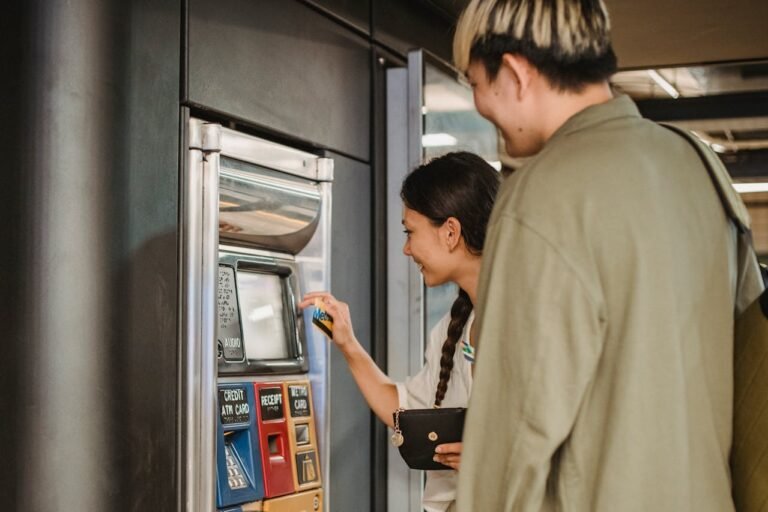The fast food industry is constantly evolving, seeking new ways to enhance customer experience and streamline operations. One of the most significant advancements in recent years has been the adoption of kiosk ordering systems. These digital kiosks have revolutionized the way customers interact with fast food chains, offering numerous benefits for both businesses and patrons.
Enhancing Customer Experience
Kiosk ordering systems provide an intuitive and interactive platform for customers to place their orders. By allowing customers to browse the menu at their own pace, kiosks reduce the pressure often felt when ordering at the counter. This leads to more accurate orders, as customers can take their time to customize their meals and double-check their selections before finalizing.
Moreover, kiosks often display vivid images and detailed descriptions of menu items, which can help customers make more informed choices. The ability to view nutritional information and ingredient lists also caters to health-conscious customers or those with dietary restrictions, fostering a more inclusive dining environment.
Reducing Wait Times
One of the most significant advantages of kiosk ordering is the reduction in wait times. During peak hours, long lines can deter potential customers and create a stressful environment for both staff and patrons. Kiosks help alleviate this issue by distributing the ordering process across multiple points, allowing more customers to place orders simultaneously.
Additionally, kiosks can handle high volumes of orders without compromising accuracy, ensuring that each customer receives exactly what they ordered. This efficiency not only speeds up service but also enhances customer satisfaction, as shorter wait times lead to a more pleasant dining experience.
Increasing Order Accuracy and Upselling
Human error is a common issue in fast food settings, often resulting in incorrect orders and customer dissatisfaction. Kiosks mitigate this risk by providing a clear and straightforward interface for order customization. Customers can see their selections and make adjustments as needed, significantly reducing the likelihood of mistakes.
Furthermore, kiosk ordering systems are designed to encourage upselling. By suggesting add-ons, meal upgrades, and special promotions, kiosks can increase the average order value. These prompts are subtle yet effective, guiding customers to explore additional options they might not have considered when ordering at the counter.
Streamlining Operations
For fast food chains, implementing kiosk ordering systems can streamline operations and optimize labor allocation. With kiosks handling the majority of orders, staff can focus on other critical tasks, such as food preparation and customer service. This shift not only enhances efficiency but also allows employees to engage more meaningfully with customers, improving overall service quality.
Kiosks also provide valuable data insights. By tracking ordering patterns and customer preferences, fast food chains can make data-driven decisions to refine their menus, optimize inventory, and develop targeted marketing strategies. This level of insight is invaluable for staying competitive in a fast-paced industry.
Embracing the Future
As technology continues to advance, kiosk ordering systems are poised to become even more sophisticated. Integration with mobile apps, loyalty programs, and contactless payment options will further enhance the customer experience and streamline operations. Fast food chains that embrace these innovations will be well-positioned to meet the evolving demands of their customers and maintain a competitive edge.
In conclusion, kiosk ordering has emerged as a game changer for fast food chains, offering a multitude of benefits that enhance the customer experience, reduce wait times, increase order accuracy, and streamline operations. As the industry continues to evolve, the adoption of kiosk ordering systems will undoubtedly play a crucial role in shaping the future of fast food.
